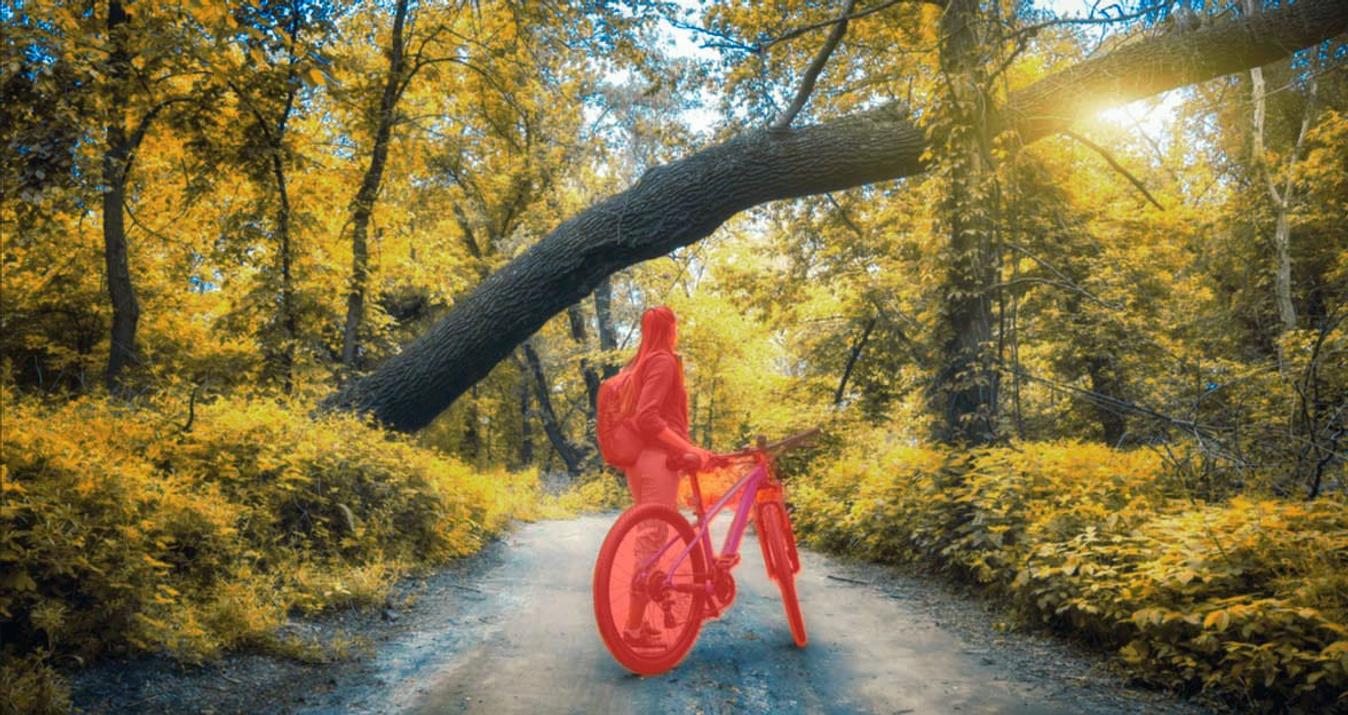5 Tips to Achieve a Cinematic Feel in Your Images
June 10, 2024

Are you ready to see the world in a whole new light? Dive into the realm of cinematic photography and unleash your creative potential. Use the 5 tips we have prepared for you in this article.
Transcending the ordinary in photography can be achieved by imbuing images with a sense of narrative depth and cinematic allure. Dutch travel photographer and filmmaker Justin Nederkoorn explains how he primarily achieves this through editing, providing a time-lapsed example of one image edit using Luminar Neo in a recent Instagram post.
“I appreciate photos with multiple elements that tell the location’s story,” says Justin. “However, capturing the image is only one part of the process. Even with a perfect shot straight from the camera, editing, even if it’s just a little, always enhances the storytelling aspect for me.”
Here are Justin’s five tips for getting a cinematic quality to your photos.
1. Gradual Edits
"Editing is like sculpting an image, layering small changes until the desired outcome is achieved," Justin says. "It’s a gradual process, much like shaping clay."
Justin often switches back and forth between editing panels and making different adjustments with various tools, so that he can see his creative vision for a photo slowly begin to form. Therefore, his approach is never the same with any given image. What remains consistent for him, though, is making small changes a little bit at a time.
2. Color Grading
"Being a major film enthusiast, I’ve developed a keen appreciation for color grading."
Justin aims to replicate a cinematic look in his photography by incorporating softer contrast and colors commonly seen in movies. These parameters can be adjusted precisely using the Develop and Color tools in Luminar Neo.
3. Desaturate Colors
In order to have the most control over the colors in his photos, Justin desaturates them first and then uses color correction tools to achieve a specific look.
"I lean into the color-grading wheels to push my look into a certain color space," he explains.
4. The Film Grain Tool
Justin uses the Film Grain tool to remove the digital edge from his photos. The tool, located with the Creative toolset in Luminar Neo, emulates the structure of analog film stock by introducing random, stylized grain to an image.
“It’s an incredible tool for helping the image flow together more nicely,” he says.
Advanced yet easy-to-use photo editor
Get Luminar Neo Now5. Use a Mist Filter
Justin’s final tip for achieving a dreamy, cinematic appearance actually applies to the shooting stage rather than post-processing. It involves a simple piece of equipment: a Tiffen 1/8 black pro mist filter.
"I create an effect where highlights softly blend into shadows, reducing sharpness slightly and eliminating the digital feel," he explains.
Justin’s Closing Thoughts
"As you can observe in this example, much of my process focuses on eliminating the 'digital edge,' he says. 'Although it’s challenging to articulate, I sense when my shot approaches the ideal balance that resembles a film grade. At that point, it gains depth, becoming more tangible and realistic."
For Justin, the editing process involves a lot of intuition. But with the tips he’s offered, it’s possible to follow a few guidelines to get that cinematic look and see where your intuition takes you from there.
Elevate Your Photography with Our Advanced Software
DISCOVER PRICINGAbout Justin
Justin Nederkoorn’s work spans from capturing stunning landscapes to showcasing cultural subjects, all while maintaining a documentary-style approach. His distinctive dreamy aesthetic has earned him recognition through various publications, including cover features, magazine highlights, and several awards.
See more of Justin’s work on his Instagram account.






